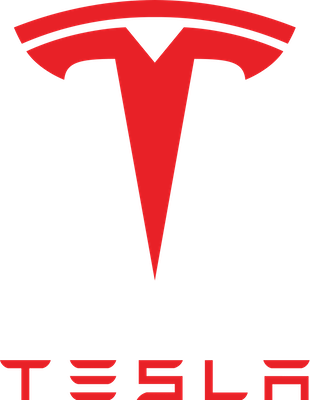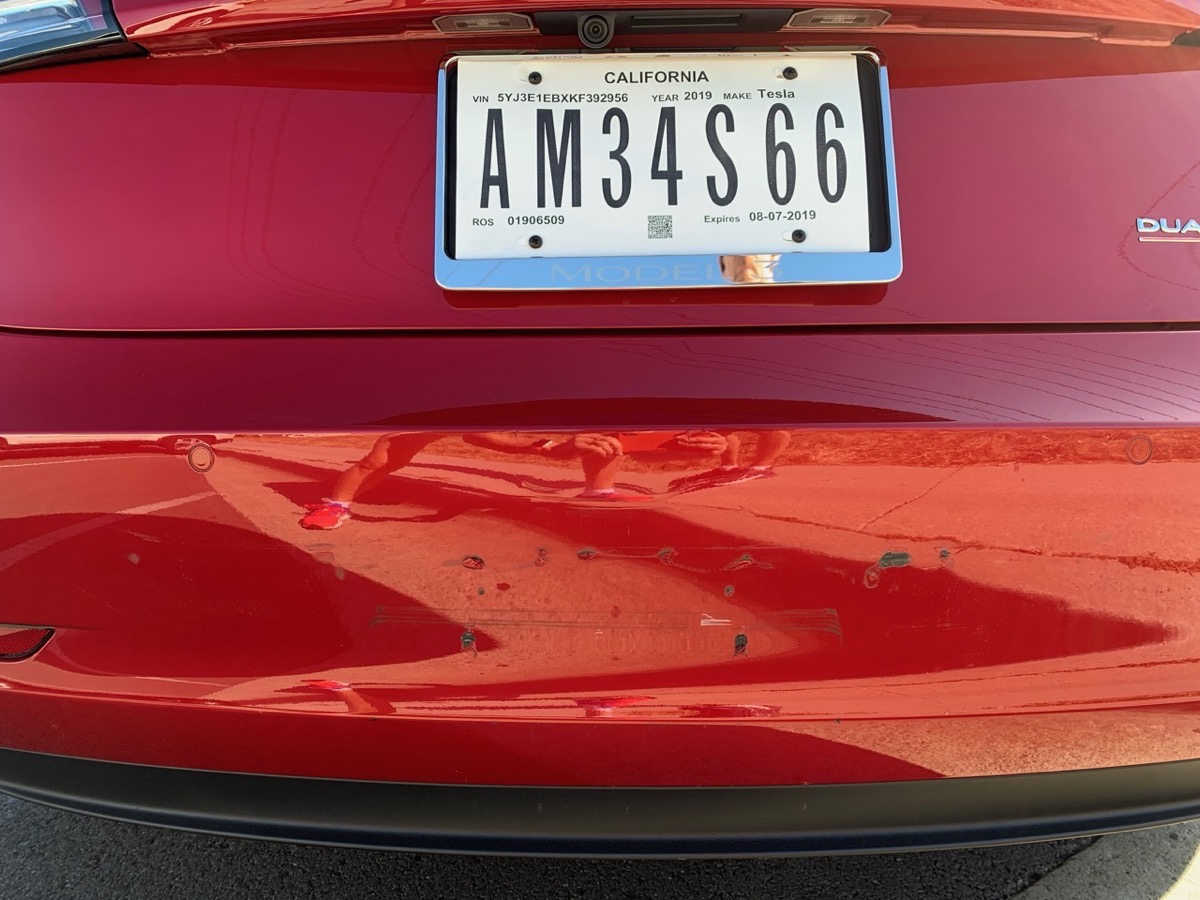
If you managed to make it to the end of the show last week, you would have heard me say that my next installment of my Tesla Tech series would be on how to get body work done on a Model 3 when someone rear ends you when your car is 2 weeks old. Yeah, that happened.
Steve and I were at a stop light and the woman behind me was also stopped. There was a line of cars also stopped to the right of us, where their drivers were waiting to turn right. They got the opportunity to go and started to move, and the woman behind me did that thing we’ve all done where we realize we weren’t paying attention and start to go because someone else does. I can totally see myself doing exactly what she did.
This was the third time in 14 months that we’ve been rear ended, and it’s getting quite tiresome. The last time it happened was a hit-and-run (we helped catch the guy and he was convicted of felony hit-and-run so that was fun). Steve immediately took pictures with his phone of her and her license plate before we moved off to a safe location to exchange information. Not that we’re paranoid now at all.
She felt awful and I’ll kick myself forever for saying to her, “it’s 2 weeks old.” Like she needed to hear that! I had paper plates so she probably had realized it so it was mean of me to rub salt in the wound. Anyway, she has insurance, her company is paying for the repairs, but it was still very sad to see my new baby with a scratched up bumper.
I don’t want this to be all about the sadness, but I did have a few tech things to share that we learned about the car.
First of all, you’ll run into trouble if you just toodle into the first collision repair shop you find, or even your favorite repair shop, it’s likely that won’t be a good experience. Since we’ve been rear ended multiple times, we have a place we finally found that does good body work and without wrecking something previously undamaged on the car. (We found bad places that do that.)
Tesla has a support page on Body Shop Support where they tell you where the authorized Tesla repair places are in your area. Tesla has their own shops, but the closest one is in San Jose, about a 5-hour drive from here, but they had several local shops that they authorized as well.
Steve wrote to Tesla on their support address (BodyShopSupport@tesla.com) and asked if we could use our own repair shop. They said, “sure!” but then went on to explain that you’ll wait a very long time for parts, as they send the first parts to their certified shops. Well ok then, we’ll go to a Tesla Approved Body Shop.
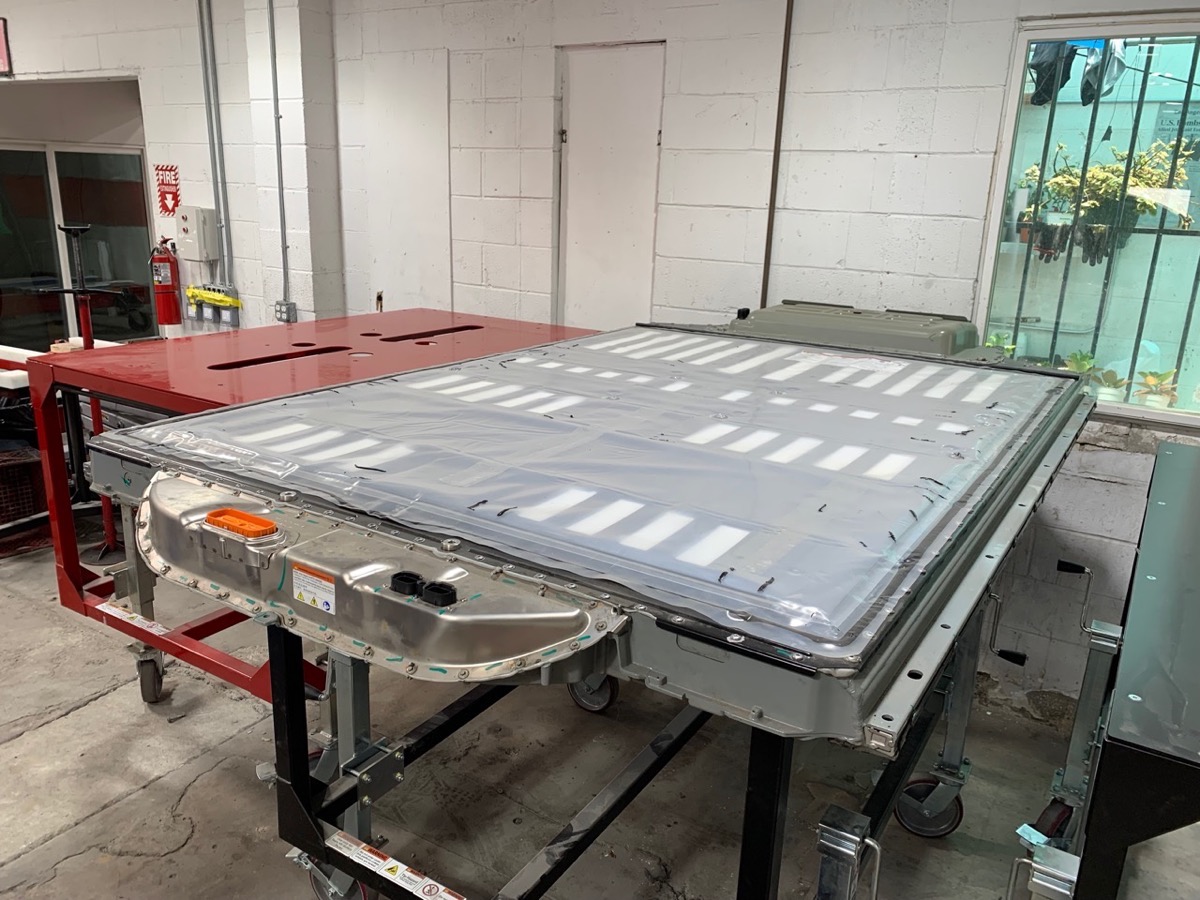
Our little friend Jerry at the repair place we chose offered to give us a tour to see all of the Teslas being repaired. I would liken the experience to touring a battlefield hospital (but without actual blood and dying people). They had 39 Teslas in various states of agonizing post-accident disrepair. But the good news is that Jerry enjoyed the heck out of showing us stuff about the Tesla models and how different they are in some cases from “normal” cars.
I knew, for example, that there’s a giant battery on all Teslas, and I knew that it was all across under the car. It’s really obvious when you take a sharp turn because these cars simply do not tilt. With the center of gravity well below your body I don’t know that these cars are capable of flipping over without a great deal of external provocation!
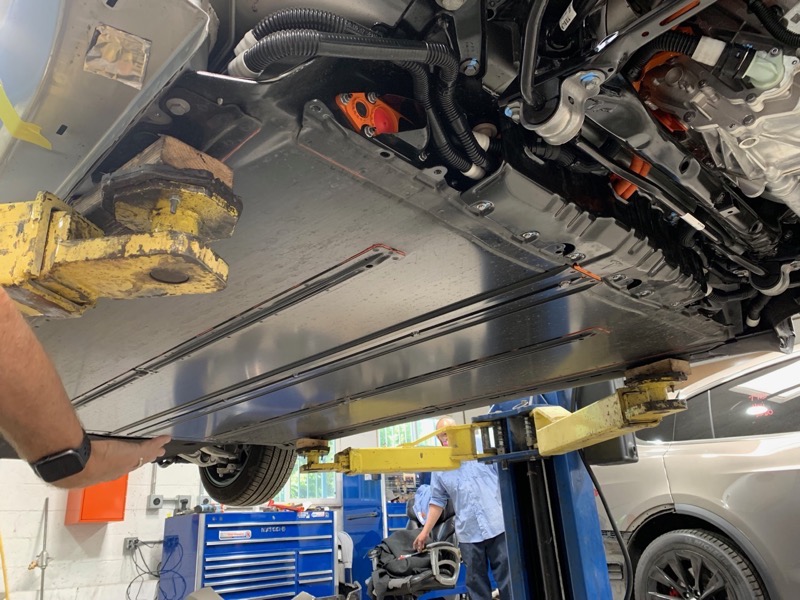
But even knowing this, it was crazy to see a Tesla battery just sitting out on a table. The one we saw was for a Model X (the large SUV), and it was gigantic. As cool as that was, there was another Model X up on a lift and we could walk under the car and see the battery in place.
Basically underneath on a Tesla is just a giant aluminum panel, uninterrupted by other parts. It simply has three long brackets going the length of the battery and that’s it. Like I said, you can know this is what’s under there but it’s something else to see how different an electric vehicle is from other cars.
We’re so nerdy that I excitedly took a picture of the special scissors lift they had to buy from Tesla just to lower the battery out from under the car. And the Tesla jig they slide the vehicles down onto in order to check the alignment. This is what happens when engineers go into a body shop.
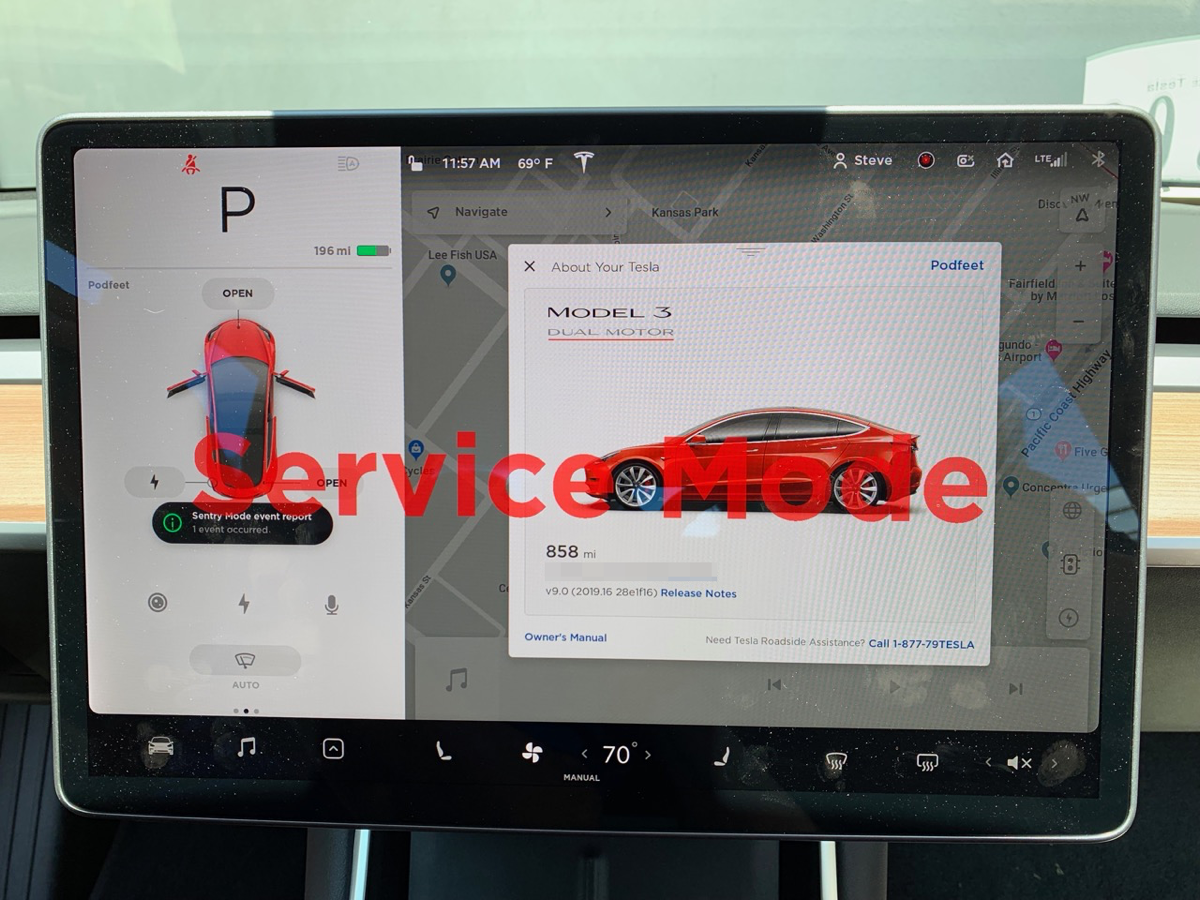
When we gave the car up to Jerry for repair, he showed us a really cool feature of the car, called Service Mode. On the 15″ screen that controls absolutely everything, there’s a Tesla logo. If you tap and hold on the logo for 10 seconds, you get the option to type in a secret password and the car goes into what they call Service Mode.
I haven’t been able to get any documentation on exactly what happens when the car is in Service Mode, but my little friend Jerry did say that the car can only go 7mph while in Service Mode. I think that’s absolutely swell.
While the Model 3 is riddled with cameras, the bumper itself contains six ultra-sonic sensors. My little friend Jerry explained that removal of the bumper for the body work will require them to disconnect the sensors, so part of their job is to recalibrate them. I’ve always wondered what a self-driving car might do if it had been in an accident and not been repaired.
I can picture driving down the road and a sensor pointing up too high and the car thinking a bridge was actually an obstruction in the road! Imagine it slamming on the brakes in the middle of a fast-moving highway. I’m pretty happy that the folks Jerry works with will recalibrate my sensors, even if they’re just on the rear bumper.
My car won’t be done until I’m back from WWDC, but I’m glad it’s in Jerry’s good hands. Fingers and toes crossed she looks as pretty as before the accident and I can get back to telling you about the fun tech in the Model 3.

